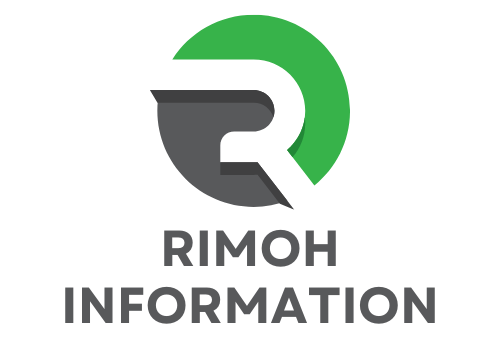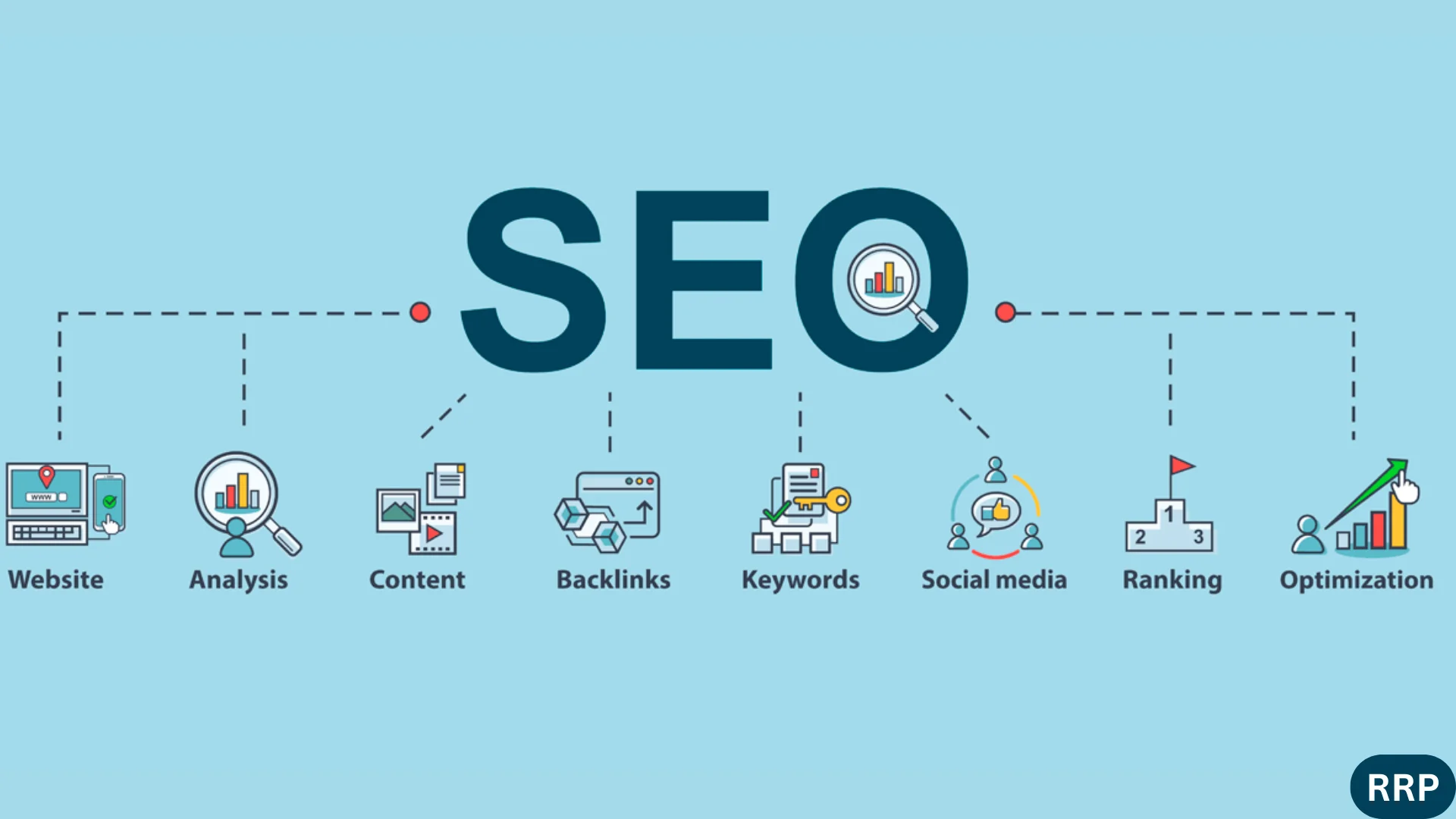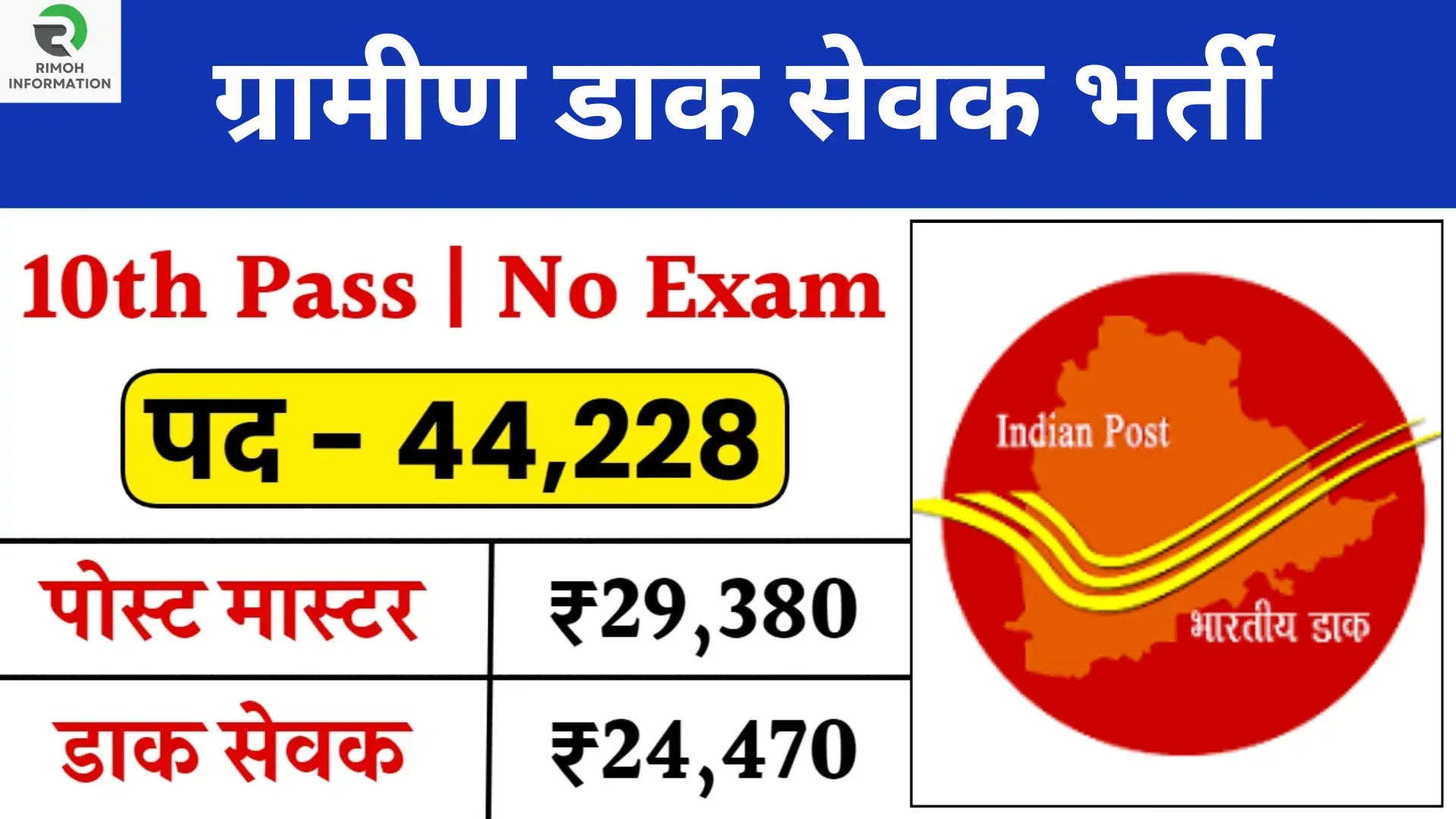What Is SEO?
SEO stands for Search Engine Optimization. It refers to the practice of optimizing your website and its content in order to improve its visibility and ranking on search engine results pages (SERPs). The goal of SEO is to increase organic (non-paid) traffic to your website by making it more relevant and authoritative in the eyes of search engines like Google, Bing, and Yahoo.
SEO involves various techniques and strategies, including:
1. Keyword Research: Identifying the terms and phrases that people are using to search for information related to your business or content.
2. On-Page Optimization: Optimizing individual web pages to improve their relevance to specific keywords. This includes optimizing meta tags (such as title tags and meta descriptions), headings, content, and internal linking structure.
3. Off-Page Optimization: Building external signals that influence search engine rankings, such as backlinks from other authoritative websites, social media signals, and online mentions.
4.Technical SEO: Improving the technical aspects of your website to make it easier for search engines to crawl and index your content. This includes optimizing site speed, fixing broken links, implementing schema markup, and ensuring mobile-friendliness.
5. Content Creation: Creating high-quality, relevant, and engaging content that addresses the needs and interests of your target audience. This could include blog posts, articles, videos, infographics, and other forms of multimedia content.
6. User Experience (UX) Optimization: Ensuring that your website provides a positive user experience, including easy navigation, fast loading times, and mobile responsiveness.
By implementing SEO best practices, businesses can increase their online visibility, attract more qualified traffic, and ultimately, achieve their marketing and business objectives.
Why Is SEO Important?
SEO, or Search Engine Optimization, is crucial for several reasons:
1. Increased Visibility: SEO helps your website rank higher in search engine results pages (SERPs). When your site appears at the top of search results, it’s more likely to be seen by users, leading to increased visibility and traffic.
2. Targeted Traffi: SEO allows you to target specific keywords related to your business or content. By optimizing for these keywords, you attract users who are actively searching for information, products, or services relevant to what you offer. This targeted traffic is more likely to convert into customers or leads.
3. Credibility and Trust: Websites that rank higher in search results are often perceived as more credible and trustworthy by users. People tend to trust search engines like Google to deliver the most relevant and reliable results. By optimizing your site for search engines, you can enhance its credibility and trustworthiness in the eyes of your audience.
4. Better User Experience: SEO involves optimizing various aspects of your website, such as site structure, content, and speed. These optimizations not only help search engines understand your site better but also improve the overall user experience. A well-optimized website is easier to navigate, loads faster, and provides valuable content, leading to higher user satisfaction.
5. Competitive Advantage: In today’s competitive online landscape, having a strong SEO strategy can give you an edge over competitors. If your website ranks higher than theirs in search results, you’re more likely to attract potential customers and steal market share.
6. Long-Term Results: Unlike paid advertising, which stops generating traffic once you stop paying, SEO can provide long-term results. While it may take time to see significant improvements in rankings, the efforts you invest in SEO can continue to benefit your website for months or even years to come.
7. Cost-Effectiveness: While SEO requires time and effort, it’s generally more cost-effective than other marketing strategies in the long run. Once your site starts ranking well in organic search results, you can attract high-quality traffic without having to pay for each click or impression.
Overall, SEO is essential for businesses and website owners looking to improve their online visibility, attract targeted traffic, build credibility, and stay ahead of the competition in the digital realm.
How Does SEO Work?
SEO works by optimizing various elements of your website and content to make them more appealing to search engines and improve their visibility in search results. Here’s how it works:
1. Keyword Research: SEO starts with keyword research. This involves identifying the specific terms and phrases that people use when searching for information related to your business, products, or services. By understanding the keywords your target audience is using, you can optimize your content to match their search intent.
2. On-Page Optimization: On-page optimization involves optimizing the content and HTML source code of your web pages.
This includes:
– Content Optimization: Creating high-quality, relevant, and engaging content that incorporates your target keywords naturally.
– Title Tags and Meta Description: Writing compelling title tags and meta descriptions that accurately describe your content and include relevant keywords.
– URL Structure: Creating user-friendly URLs that contain relevant keywords and accurately reflect the content of the page.
– Heading Tags: Using heading tags (H1, H2, etc.) to structure your content and highlight important keywords.
– Internal Linking: Linking to other pages within your website using relevant anchor text to help search engines understand the structure of your site and the relationship between different pages.
3. Off-Page Optimization: Off-page optimization focuses on improving your website’s authority, credibility, and popularity through activities that take place outside of your website. This includes:
– Link Building: Acquiring backlinks from other reputable websites to demonstrate your site’s authority and relevance to search engines.
– Social Signal: Engaging with your audience on social media platforms and encouraging shares and likes, which can indirectly impact your search engine rankings.
– Online Reputation Management: Monitoring and managing your online reputation to ensure positive reviews and mentions across various online channels.
4. Technical SEO: Technical SEO involves optimizing the technical aspects of your website to improve its crawlability, indexability, and overall performance.
This includes:
– Site Speed: Ensuring fast loading times to provide a better user experience and satisfy search engine algorithms.
– Mobile-Friendliness: Ensuring that your website is optimized for mobile devices, as mobile-friendliness is a crucial ranking factor for search engines.
– Crawlability: Optimizing your website’s structure and navigation to make it easy for search engine crawlers to discover and index your pages.
– Schema Markup: Implementing schema markup to provide search engines with additional information about your content, such as reviews, ratings, and event details.
5. Monitoring and Optimization: SEO is an ongoing process that requires continuous monitoring and optimization. This involves analyzing your website’s performance using tools like Google Analytics and Google Search Console, identifying areas for improvement, and making necessary adjustments to your SEO strategy.
By implementing these SEO techniques effectively, you can improve your website’s visibility in search engine results, attract more targeted traffic, and ultimately achieve your business goals.
How Do Search Engines Work?
Search engines work by crawling the web to discover content, indexing that content, and then ranking it based on relevance and authority. Crawlers, also known as bots or spiders, navigate the web by following links from one page to another. They gather information about each webpage, including its content, meta tags, and links.
This information is then stored in a massive index, which allows search engines to quickly retrieve relevant results when users enter a search query. When a user performs a search, the search engine uses complex algorithms to analyze the indexed pages and determine their relevance to the query.
Pages are ranked based on various factors such as keyword usage, quality of content, backlinks, and user experience. The most relevant and authoritative pages are then displayed to the user in the search results.
SEO vs. PPC
SEO (Search Engine Optimization) and PPC (Pay-Per-Click) are two primary strategies for driving traffic to a website, but they differ in approach, cost, and execution:
1. SEO (Search Engine Optimization):
– Cost : SEO is generally considered to be a long-term investment with lower upfront costs compared to PPC. It involves optimizing various elements of a website to improve its visibility in organic (unpaid) search engine results.
– Time: SEO often requires time to see significant results, as it involves tasks like keyword research, content optimization, and link building.
– Traffic: SEO generates organic traffic, meaning visitors find the website through unpaid search engine results.
– Sustainability: Once established, well-optimized SEO can provide a steady stream of traffic over time without ongoing investment, although it requires regular monitoring and updates to maintain rankings.
2. PPC (Pay-Per-Click):
– Cost: PPC involves paying for each click on an ad. While it can provide immediate results, it requires ongoing investment to maintain visibility.
– Time: PPC campaigns can be launched quickly and start driving traffic immediately after setup.
– Traffic: PPC generates paid traffic, with ads appearing at the top of search engine results or on other websites within the ad network.
– Control: PPC offers more control over targeting, ad messaging, and budget allocation, allowing for precise targeting of specific audiences.
– Flexibility: PPC campaigns can be adjusted in real-time based on performance metrics, making it easier to optimize for better results.
Ultimately, the choice between SEO and PPC depends on factors such as budget, timeline, target audience, and business goals. Some businesses may benefit from a combination of both strategies to maximize their online visibility and drive qualified traffic to their website.







